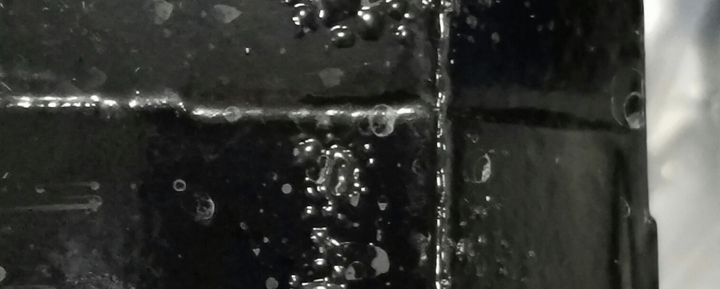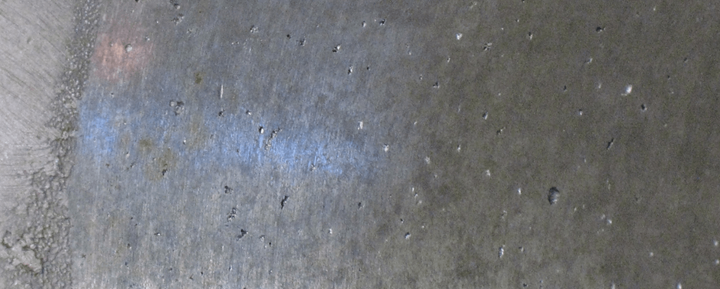When to Perform Vacuum Impregnation on Parts
Andy Marin from Godfrey and Wing says the general rule is that vacuum impregnation should be done before any surface finishes.
#vacuum-vapor #basics
Q: Should vacuum impregnation be done before or after finishing?
A: Powder coat, paint, chromate conversion and anodizing are common finishes applied to die cast parts to improve their performance or appearance. In some die casting applications, components must also be pressure tight to hold pressurized fluid or gases. Companies use vacuum impregnation to meet these requirements by sealing the internal leak paths without impacting any other features of the casting.
Featured Content
The general rule is that vacuum impregnation should be done before any surface finishes. This will seal the porosity and eliminate any failure mode that could develop from outgassing, chemical compatibility or bleedout of pretreatments. Below are examples of failure modes that can occur if impregnation is done after the finish is applied.
Paint: The painted part will be exposed to sealant as well as certain minerals and alkalis in the water. The sealant can react with paint and degrade the quality of paint adhesion with the part surface. During impregnation, the painted part is heating to 195°F in hot water. The water or residual minerals in the water may leave water spots or, in the worst case, alter the color hue or degrade the finish (Image 1).

Image 1: The water or residual minerals in the water may leave water spots or, in the worst case, alter the color hue or degrade the finish.
Chemical: Many chemical finishes require aggressive liquid pretreatments for the finish to bond to the casting surfaces. These pretreatments may penetrate the near-surface porosity and remain in the pore even after the finish is completed. During the impregnation process, the vacuum will pull these chemicals from the porosity and into the finish, which may lead to corrosion and a defect known as “blooming.”
Chromate: If a chromate finish is applied to a part prior to impregnation, the heat required to cure the vacuum impregnation sealant (195°F) will degrade the quality of the coating. This will lead to a premature coating failure and cause part oxidation. Regardless of the type of finish, the part can be damaged or scratched from handling and processing (Image 2).

Image 2: If not properly fixtured, the parts can shift during the impregnation process and become damaged or scratched.
Powder: Vacuum impregnation eliminates powder coating outgassing. It not only seals the porosity, but may prevent cosmetic defects in powder coating. If not sealed, the pores would otherwise hold air. This air may expand and outgas during the curing stage. The air escapes through the powder, causing holes or bubbles (called pin holes) in the finish (Image 3). These pinholes are not only unattractive, they also allow in moisture and cause corrosion to damage the part. Vacuum impregnation prevents this issue by removing the air and filling the porosity with sealant.

Image 3: If not sealed, the pores would otherwise hold air. This air may expand and outgas during the curing stage, causing pin holes.
If parts are machined after finishing, then the parts should be sealed after machining. This is because a machine tool may expose or open porosity when it cuts into the part's surface.
The new interconnected porosity will create a leak path. The leak path will cause fluids and gases to leak from the casting, causing it to be nonconforming and, in many cases, unusable. Unfortunately, this occurs precisely at the wrong time, as the nonconforming part has already been manufactured. All the value has been added to the nonconforming part.
In summary, vacuum impregnation is the most effective way to seal casting porosity, but it must be performed at the correct stage of the production process. Performing vacuum impregnation prior to finishing will ensure that all leak paths are sealed, while safeguarding and enhancing the quality of the final finish.
Andy Marin is the marketing coordinator for Godfrey & Wing. Visit godfreywing.com.
RELATED CONTENT
-
The Powder Coating Process
Powder coating is one of the most durable finishes that can be applied to industrial manufactured products, and offers excellent corrosion protection and is very safe because of its lack of volatile organic compounds. To understand the powder coating process you should start with the fundamentals.
-
Developments and Trends in Powder Coating
New solutions for powder coating centers combine powder preparation, conveyance, dosing and color changes into a fully automated, closed system.
-
Understanding Infrared Curing
Infrared cure is gaining increased attention from coaters as a result of shorter cure cycles and the possibility of smaller floor space requirements when compared to convection oven curing.


















